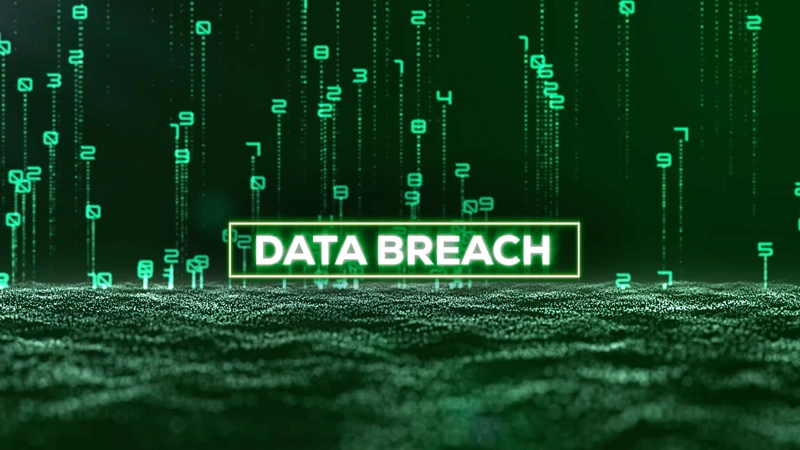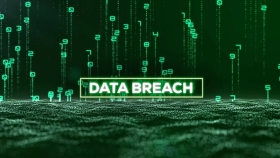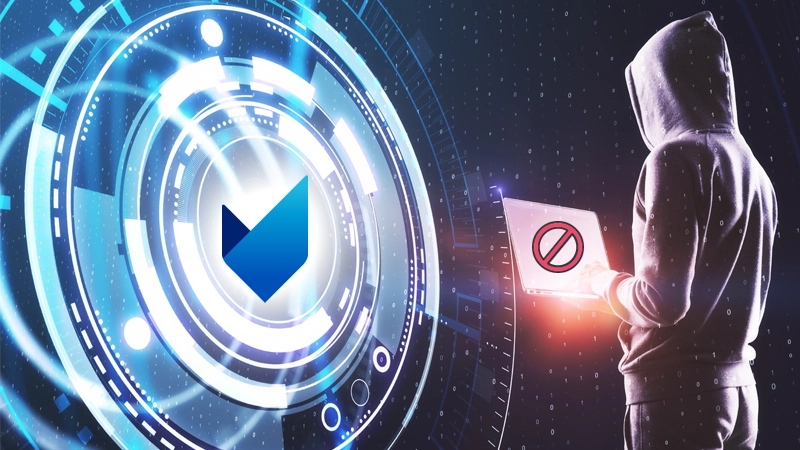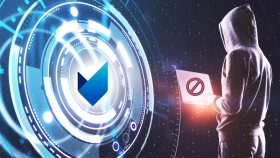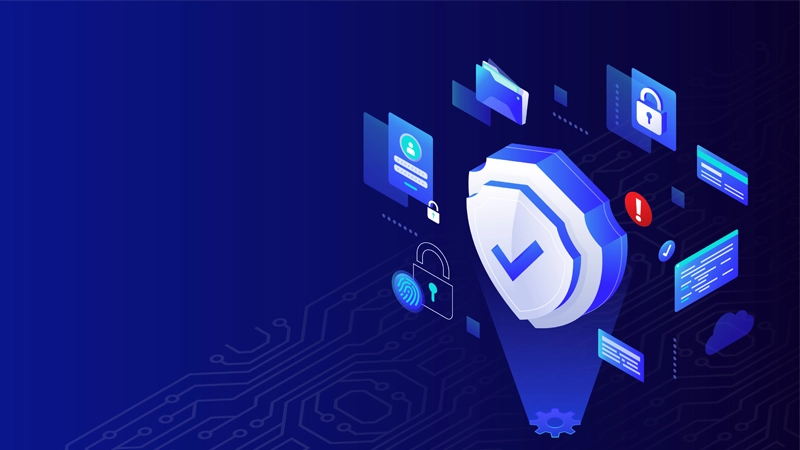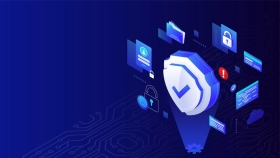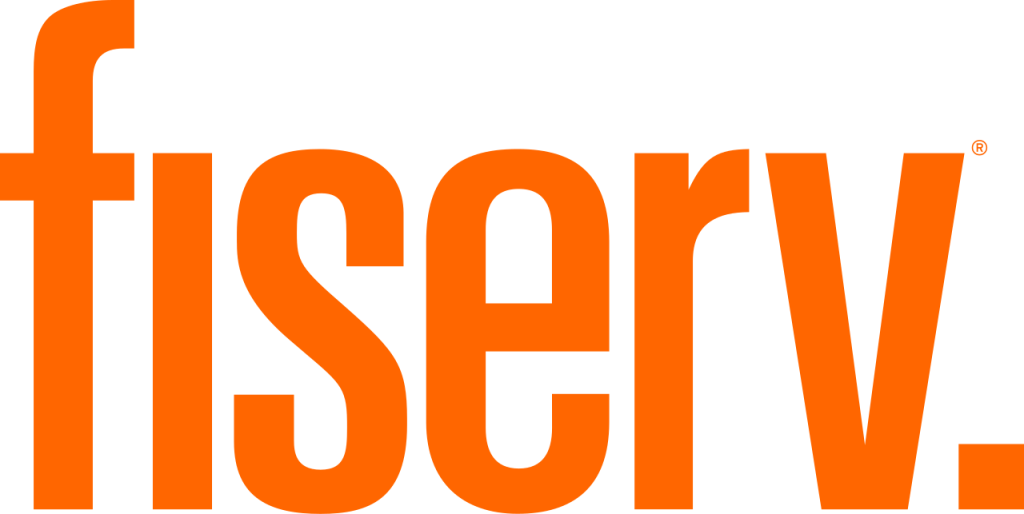Quantum Threats: A Wake-Up Call for Canada and Europe

The rise of quantum computing is no longer a distant concern; it’s a present-day strategic priority. While practical quantum computers capable of breaking today’s encryption aren’t here yet, their arrival is just a matter of time. And when that day comes, every encrypted email, file, and transaction not protected by quantum-safe algorithms could be at risk of exposure.
This looming challenge has been dubbed “harvest now, decrypt later.” Threat actors are already collecting encrypted data in anticipation of the day quantum computers can break it.
Think: sensitive healthcare records, financial documents and access, government communications, or corporate intellectual property, all vulnerable to retroactive decryption.
So Why the Crypto-Procrastination?
Despite this clear and growing threat, organizations around the world, especially in North America, are dragging their feet.
The reasons vary:
- False sense of security: If the threat isn’t imminent, it’s easy to deprioritize.
- Complexity and cost: Untangling cryptographic dependencies across legacy systems is no small feat.
- Lack of visibility: Many organizations don’t know where or how encryption is used across their systems.
The reality is, the longer we wait, the harder the transition will be. The National Institute of Standards and Technology (NIST) is actively finalizing post-quantum cryptography (PQC) standards, with draft standards already released. Canada’s Centre for Cyber Security has also issued guidance, urging organizations to begin preparing for post-quantum cryptography.

Why Canadian and European Organizations Should Lead the Way
For Canadian businesses, public institutions, and critical infrastructure providers, quantum threats pose unique challenges and risks. Canada is home to a globally connected financial sector, major defense partnerships (including NORAD and NATO), and vast troves of personal and health data.
Additionally, Canada has a strong research and development footprint in quantum technologies, making the country both a potential target and a key player in quantum readiness.
Your First Step: A Quantum Readiness Assessment
At PKWARE, we believe that the first and most critical step for any Canadian organization is to conduct a Quantum Readiness Assessment.
Here’s why:
- Identify Cryptographic Assets: You can’t protect what you can’t see. A readiness assessment uncovers where and how encryption is used across your environment, including shadow IT, legacy systems, and third-party services.
- Pinpoint Vulnerabilities: Understand which algorithms and key lengths are vulnerable to quantum attacks (hint: most are), and which business units are most at risk.
- Prioritize Migration Paths: Not everything needs to be fixed at once. A readiness assessment helps you build a roadmap: from quick wins to complex, high-impact systems.
- Build Stakeholder Alignment: Cybersecurity, compliance, legal, and executive teams need to be aligned. An assessment gives you the hard data and business case to get buy-in.
- Stay Ahead of Mandates: With standards from NIST, CSE, and other global regulators on the horizon, proactive assessment now means easier compliance later.
The PKWARE Advantage
PKWARE’s PK Protect data protection platform is built to give organizations full visibility into their sensitive data and the cryptographic tools protecting it. Our solutions help organizations:
- Discover sensitive data across structured and unstructured environments.
- Identify where legacy encryption is in use.
- Mask or remediate high-risk data stores.
- Lay the foundation for crypto-agility and future-proof encryption.
